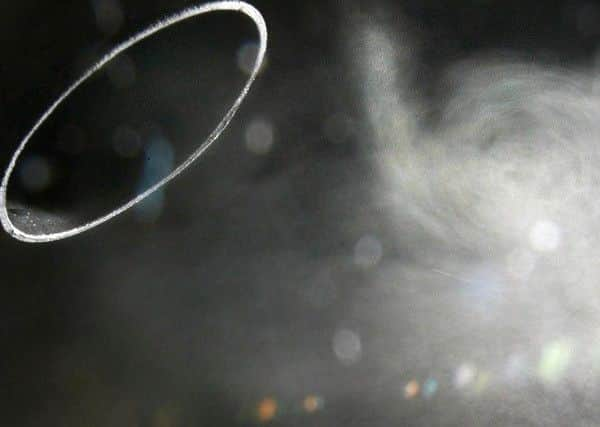Efforts to cut carbon dioxide levels in Daventry hampered by increase in transport emissions


A report from the Committee on Climate Change has warned that the UK is in danger of missing legally-binding carbon-reduction targets in five years’ time even if all existing policies are delivered in full.
The latest data from the Department for Business, Energy and Industrial Strategy has revealed that CO2 emissions from freight and passenger transport rose by 4.9% between 2016 and 2017 in Daventry.
Advertisement
Hide AdAdvertisement
Hide AdThat means traffic was responsible for 65.8% of the total amount of carbon dioxide released in the area in 2017.
Overall, emissions from transport, both private and for business purposes, slightly increased by 0.4% in the UK over the same period.
Greg Archer, campaign group Transport and Environment UK director, said: “The rising CO2 emissions in transport illustrate the huge gap between the aspiration to achieve net zero emissions by 2050 and wholly inadequate current policies.
“The Government needs to develop and implement a comprehensive plan to deliver zero emission transport in the next 30 years. As an immediate first step, they should increase tax breaks for electric cars and vans to accelerate their sales.”
Advertisement
Hide AdAdvertisement
Hide AdGareth Redmond-King, head of climate change at the World Wildlife Fund UK, put the increase in emissions from transport down to the greater number of large cars on British roads.
He said: “We are aping the American market and more drivers are switching to unnecessarily large vehicles with greater carbon emissions. Bigger vehicles tend to be less efficient on fuel use.”
Total CO2 emissions stayed the same over the year in Daventry. The area was responsible for releasing 0.83 million tonnes of CO2 in 2017.
Industrial and commercial activities accounted for 18.5% of CO2 emissions.
Advertisement
Hide AdAdvertisement
Hide AdHouseholds produced 15.7% of the carbon dioxide in the area, lower than the previous year.
The DBEIS said lower coal consumption was responsible for a fall in emissions from domestic premises.
Phil MacDonald, analyst for the climate change policy think tank Sandbag, said the UK has made some progress on energy efficiency, particularly through the quick uptake of LED lightning.
He added: “Compared to the continent, our housing stock is coming from a low base.
Advertisement
Hide AdAdvertisement
Hide Ad“There’s a lot more to be done in reducing domestic emissions, and much of it, like loft insulation or cavity wall insulation, pays back in reduced energy bills almost immediately.”
Overall, the UK reduced its carbon emissions by 3.5% between 2016 and 2017.